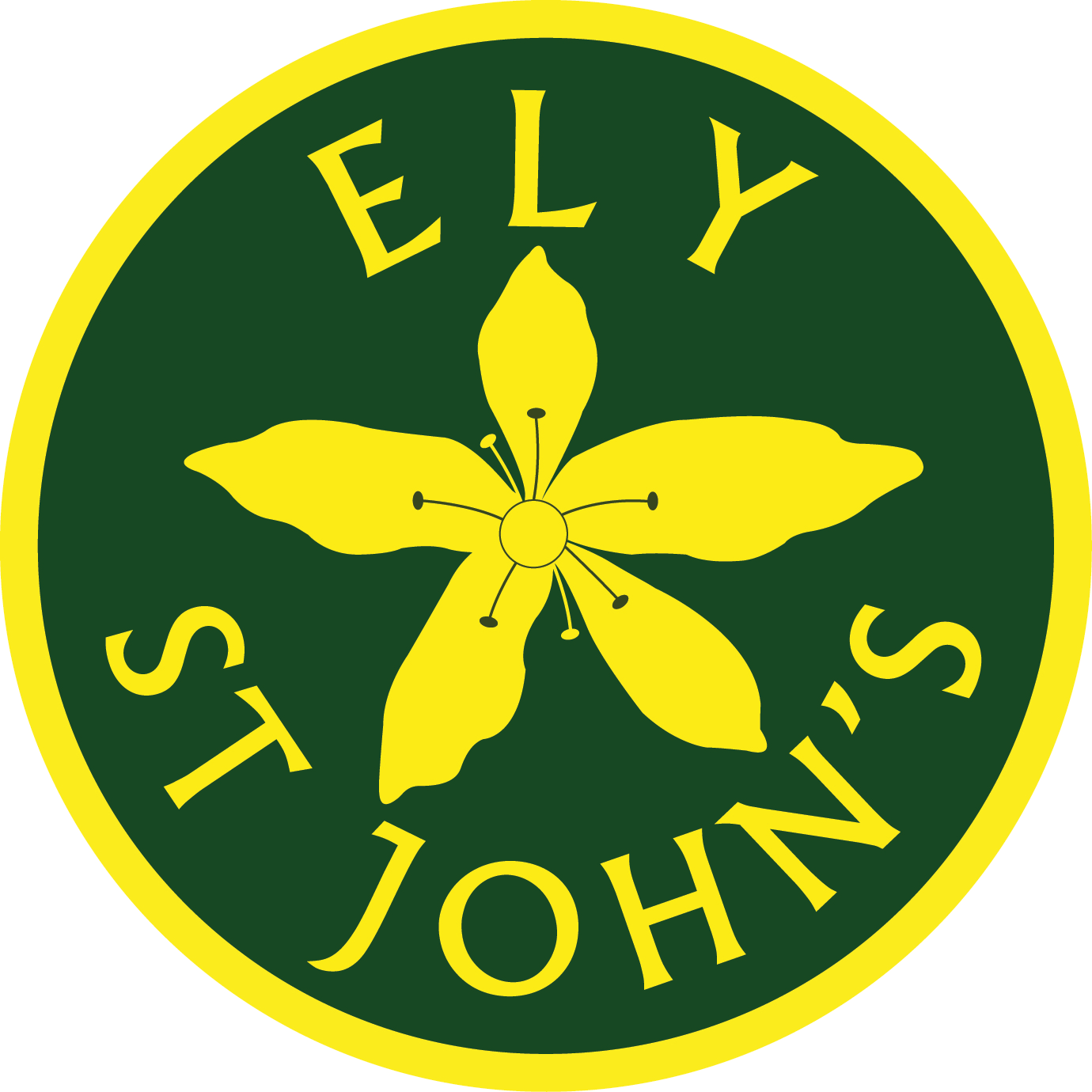Number and Place Value
- read, write, order and compare numbers to at least 1000 000 and determine the value of each digit
- count forwards or backwards in steps of powers of 10 for any given number up to 1000 000
- interpret negative numbers in context, count forwards and backwards with positive and negative whole numbers, including through zero
- round any number up to 1 000 000 to the nearest 10, 100, 1000, 10 and 100
- solve number problems and practical problems that involve all of the above.
Addition and Subtraction
- add and subtract whole numbers with more than 4 digits, including using informal written methods (Any Order Addition and number lines)
- add and subtract numbers mentally with increasingly large numbers
- use rounding to check answers to calculations and determine, in the context of a problem, levels of accuracy
- solve addition and subtraction multi-step problems in contexts, deciding which operations and methods to use and why.
Multiplication and Division
- identify multiples and factors, including finding all factor pairs of a number, and common factors of two numbers
- know and use the vocabulary of prime numbers and prime factors
- establish whether a number up to 100 is prime and recall prime numbers up to 19
- multiply numbers up to 4 digits by a one- or two-digit number using a formal written method
- multiply and divide numbers mentally drawing upon known facts
- divide numbers up to 4 digits by a one-digit number using a formal written method (Short Division) and interpret remainders appropriately for the context
- multiply and divide whole numbers and those involving decimals by 10, 100 and 1000
- recognise and use square numbers and cube numbers, and the notation for squared (2) and cubed (3)
- solve problems involving multiplication and division including using their knowledge of factors and multiples, squares and cubes
- solve problems involving addition, subtraction, multiplication and division and a combination of these, including understanding the meaning of the equals sign
- solve problems involving multiplication and division, including scaling by simple fractions and problems involving simple rates.
Fractions
- compare and order fractions whose denominators are all multiples of the same number
- identify, name and write equivalent fractions of a given fraction, represented visually, including tenths and hundredths
- recognise mixed numbers and improper fractions and convert from one form to the other and write mathematical statements >1 as a mixed number [for example, 2/5 + 4/5 = 6/5 = 11/5]
- add and subtract fractions with the same denominator and denominators that are multiples of the same number
- multiply proper fractions and mixed numbers by whole numbers, supported by materials and diagrams
- read and write decimal numbers as fractions [for example, 0.71 = 71/100 ]
- recognise and use thousandths and relate them to tenths, hundredths and decimal equivalents
- round decimals with two decimal places to the nearest whole number and to one decimal place
- read, write, order and compare numbers with up to three decimal places
- solve problems involving number up to three decimal places
- recognise the per cent symbol (%) and understand that per cent relates to ‘number of parts per hundred’, and write percentages as a fraction with denominator 100, and as a decimal
- solve problems which require knowing percentage and decimal equivalents ofof 1/2, 1/4, 1/5, 2/5 , 4/5 and those fractions with a denominator of a multiple of 10 or 25.
